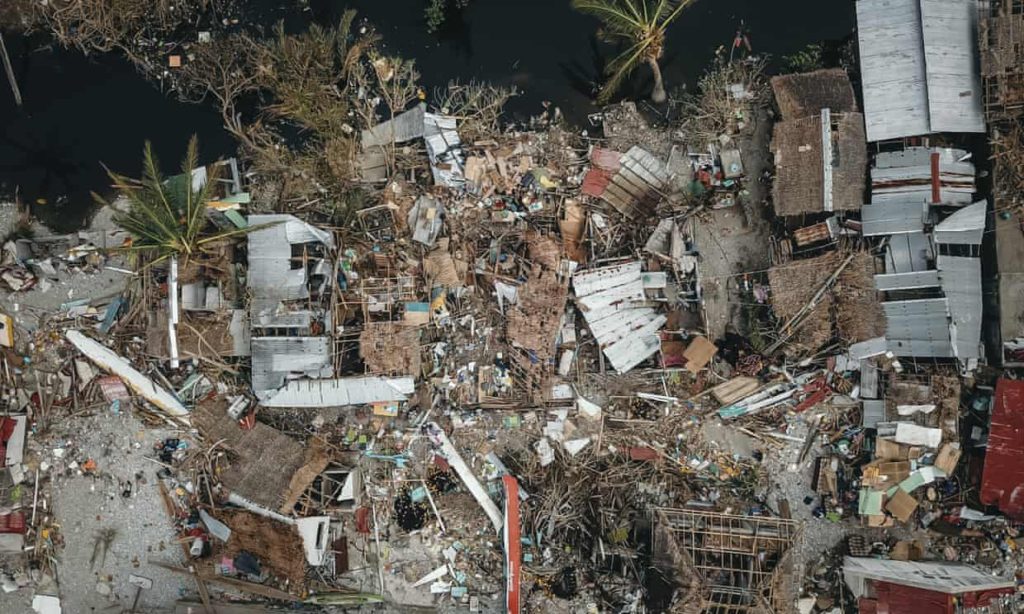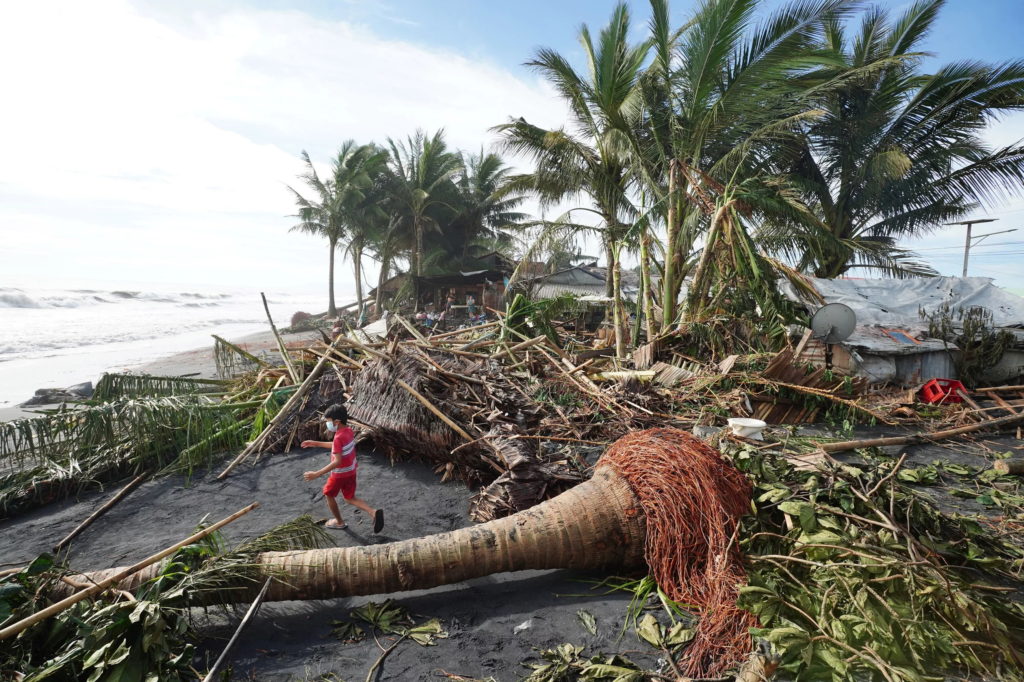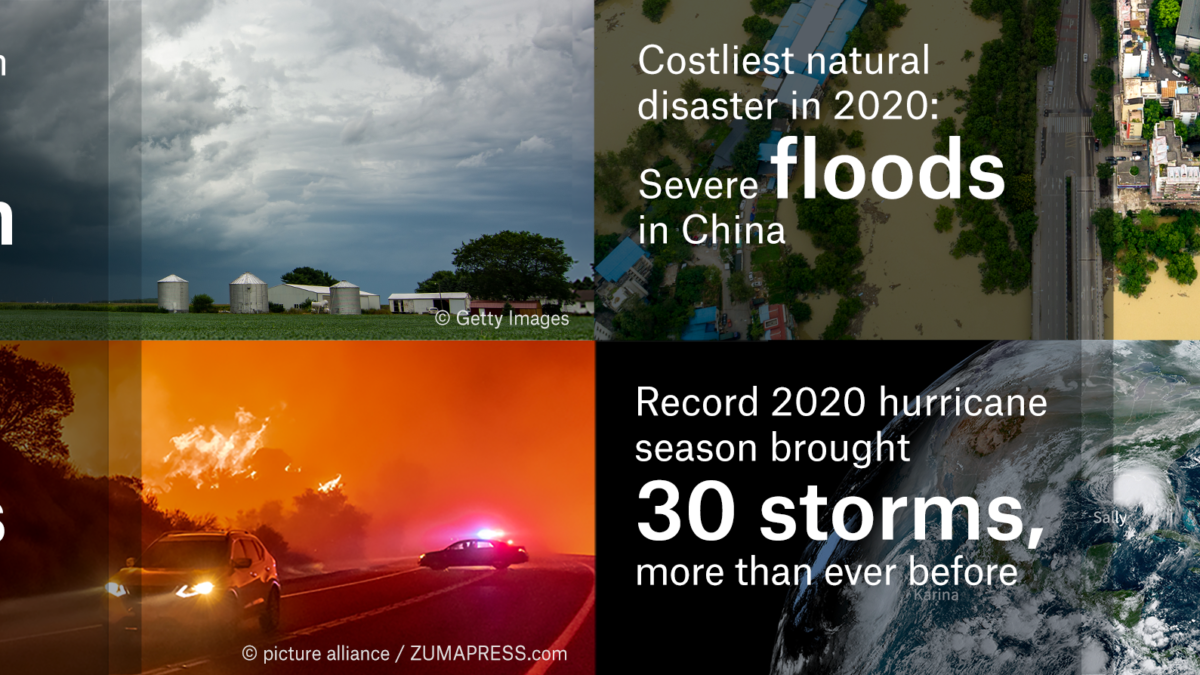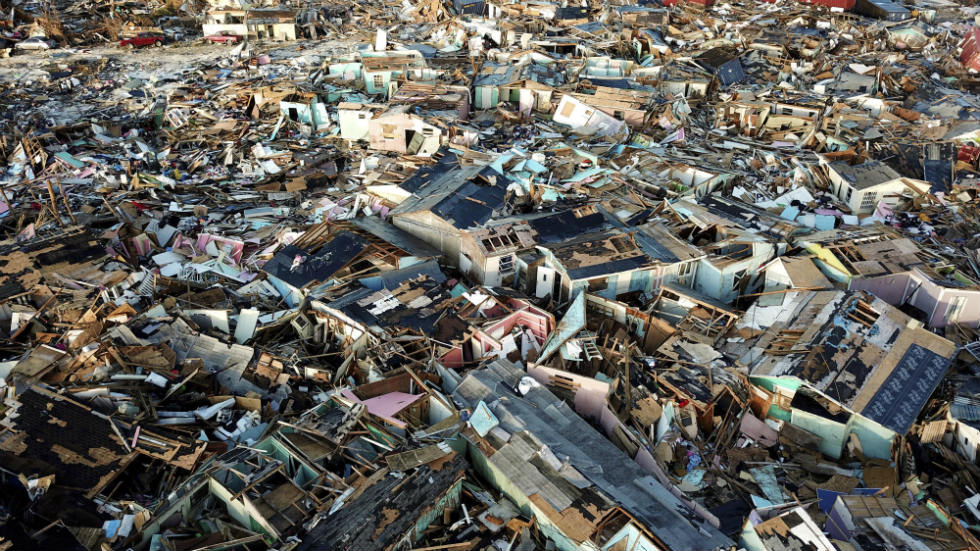Super Typhoon Rai leaves trail of destruction in Philippines – Desperation grows for 400,000 people – “Red Cross emergency teams are reporting complete carnage in the coastal areas. Homes, hospitals, school, and community buildings have been ripped to shreds.”

By Matt Hills
23 December 2021
(The Guardian) – Typhoon Rai has devastated the Philippines, killing at least 375 people, and causing damage in excess of $500m (£375m). The system developed on 13 December, tracked westwards across the Philippines on the 16th and 17th, before crossing the South China Sea on the 18th.
Rai reached Category 5 super typhoon strength twice. The first followed rapid intensification between 15 and 16 December, where maximum windspeeds increased from 75mph to 160mph. The second was across the South China Sea, becoming only the third storm on record to reach Category 5 strength across this region. [more]
Typhoon Rai leaves trail of destruction in Philippines

Desperation grows in the Philippines in the aftermath of Typhoon Rai
By Julie McCarthy and Marco Storel
21 December 2021
(NPR) – Authorities in the Philippine islands raked by Super Typhoon Rai late last week warn that residents are growing increasingly desperate without food and water, and urge that declarations of “calamity” be ordered in the worst hit areas.
In a televised briefing Tuesday night, President Rodrigo Duterte signed a declaration putting six regions under a “state of calamity,” which activates a freeze on prices, among other measures.
Meanwhile, the death toll from the storm that tore through southern and central Philippines stands at 375 with 56 people missing, according to data compiled by the National Police. The count, subject to verification, outstrips the 156 deaths recorded by the national disaster agency.
Rai is one of the most powerful storms to hit the southern Philippines on record. Within 24 hours, the typhoon intensified into the equivalent of a Category 5 hurricane, with sustained winds of some 100 miles per hour in a band 600 miles across. By the time it exited the Philippines Saturday, the storm had displaced more than 481,000 people, according to the Philippines Disaster Risk Reduction and Management Council. …
Local media report that residents painted “SOS” on a road in the island’s tourist town of General Luna, as people struggled to find water and food. Before Rai struck, Siargao was fast becoming a go-to tourist destination in the Philippines and surfers and holidaymakers had flocked to the island ahead of Christmas.
The diving Mecca of Bohol is one of the hardest-hit islands. Gov. Arthur Yap said on Facebook that at least 94 people have died.
In the Bohol coastal town of Ubay, houses have been flattened, fishing boats destroyed, and a state of calamity declared.

The storm known locally as “Odette” has drawn comparisons to Typhoon Haiyan, which flattened whole communities when it struck the Philippines in 2013, leaving more than 6,000 people dead.
Seventy-two hours after Typhoon Rai struck, the full effects were becoming clear. “Red Cross emergency teams are reporting complete carnage in the coastal areas. Homes, hospitals, school and community buildings have been ripped to shreds,” said Philippine Red Cross Chairman Sen. Richard Gordon. He said Red Cross volunteers are providing “urgent relief for people who have lost everything, including … somewhere safe to shelter.”
The International Federation of Red Cross and Red Crescent Societies has launched an emergency appeal for nearly $22 million to finance relief and recovery efforts. Foreign governments including the U.S., UK, Japan and China have lined up to pledge assistance.
But recovery efforts have been slow. Over 200 municipalities remain without power, and many Filipinos are homeless. The Philippine Department of Social Welfare and Development reported over 53,00 houses have been destroyed and another 83,000 partially damaged.
The country’s disaster agency said $3.2 million in crops, livestock and machinery have been lost.
Touring the devastation this weekend, President Duterte acknowledged that the storm’s intensity had caught government agencies off guard. “No one expected it to be this strong,” he said, and asked for the public’s patience.
The pandemic, he said, had depleted the budget, but he said that new funds will be available at the start of the year. Duterte pledged immediate aid of 2 billion pesos, about $40 million, to hard-hit areas, but conceded it would not cover the total cost of havoc the storm has wreaked on people’s lives and livelihoods.
On Tuesday, however, Duterte upped that amount and pledged to raise an additional 10 billion pesos, or $200 million, for disaster cleanup. [more]
Desperation grows in the Philippines in the aftermath of Typhoon Rai

Philippines: International aid vital after typhoon devastation
Kuala Lumpur/Manila, 19 December 2021 (IFRC) – International action is critical for hundreds of thousands of people whose homes and livelihoods have been decimated by Super Typhoon Rai.
In response to the devastation caused by the typhoon, the International Federation of Red Cross and Red Crescent Societies (IFRC) has launched an Emergency Appeal for 20 million Swiss francs to fund urgent relief and longer term recovery efforts for an estimated 400,000 people.
Typhoon Rai slammed into the eastern Philippines on Thursday, 16 December ravaging islands and coastal communities in the eastern Philippines and carving a path of devastation, flooding towns and cities across the country.
Philippine Red Cross Chairman Richard Gordon said:
“Filipinos are rallying together with courage, but after losing everything in this savage storm, international support will enable hundreds of thousands of people to rebuild their homes and decimated livelihoods.
“Red Cross emergency teams are reporting complete carnage in the coastal areas. Homes, hospitals, school and community buildings have been ripped to shreds.
“Our volunteers are providing urgent relief for people who have lost everything, including food, drinking water, first aid, medical care, and somewhere safe to shelter.”
Typhoon Rai is one of the most powerful storms on record to hit the southern Philippines. The super storm has caused widespread flooding for millions of people hit hard by the social and economic impacts of the COVID-19 pandemic.
IFRC Head of Philippine Country Office Alberto Bocanegra said:
“Red Cross teams are describing widespread devastation in coastal areas. It’s going to be a long, tough road for people to rebuild and get their lives back on track.
“The emergency appeal that we have launched in support of the Philippine Red Cross will enable relief and longer-term assistance. We need to be ready to urgently increase support as the full extent of the disaster becomes clear.”
The Philippines is struck by around 20 typhoons a year, with climate change intensifying the risk of more powerful and frequent storms.
For more information or to arrange an interview, contact:
Kuala Lumpur:
Rachel Punitha, +60-19-791-3830,
rachel.punitha@ifrc.org
In Bangkok:
Preeti Abraham, +66 61 412 3910,
preeti.abraham@ifrc.org
In Geneva:
Teresa Goncalves, +44 7891 857 056,
teresa.goncalves@ifrc.org
Philippines: International aid vital after typhoon devastation


